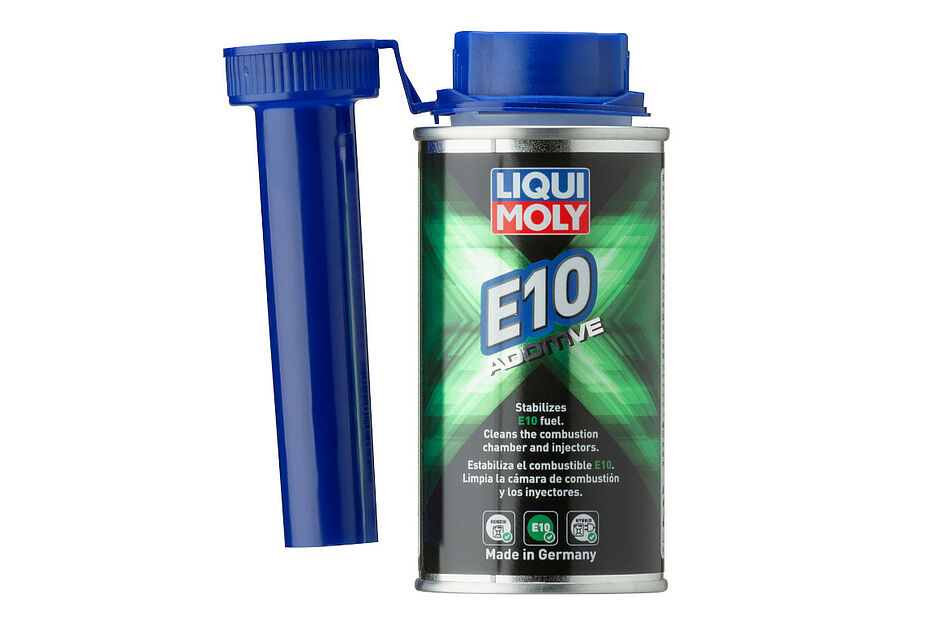- 09/23/2021
Mitigating the drawbacks of E10 petrol
E10 petrol is intended to make the fuel more environment-friendly, but it also has a number of special features. “Since the fuel differs from ethanol-free petrol in some respects, we have developed our E10 additive especially for this purpose,” explains David Kaiser, Head of Research & Development at LIQUI MOLY.
The designation E10 means the petrol contains up to 10 per cent bioethanol. This is intended to reduce the consumption of fossil fuels. However, E10 also has some technical features. First of all, ethanol has a calorific value that is almost one third lower than petrol. The more ethanol in the fuel, the lower its energy content. "This increases fuel consumption. It can also have a negative impact on engine performance," says David Kaiser. The second point: ethanol is hygroscopic, so it attracts water. This can cause corrosion in the tank and fuel system.
The E10 additive by LIQUI MOLY prevents this from happening. “It improves combustion, thereby ensuring better acceleration, particularly in the partial load range,” says David Kaiser. This compensates for the power loss to some extent. The petrol additive also contains highly effective corrosion protection, so it prevents damage to the tank or fuel system resulting from the higher water content. The E10 additive by LIQUI MOLY is also suitable for two-stroke engines and for motorcycles and scooters.
“This makes it a good choice for any motorist who doesn't want to have to deal with the disadvantages of E10,” says David Kaiser. However, there is one problem where this additive has its limitations, too – namely material tolerance. Ethanol can attack seals and hoses on some older vehicles. David Kaiser: “Unfortunately, this is something that cannot be influenced by an additive.”




